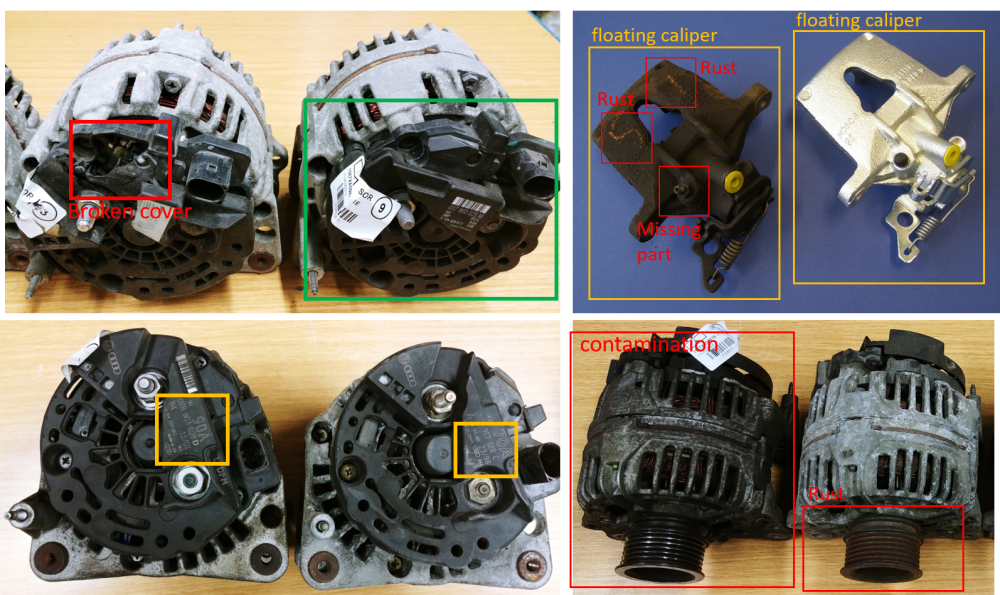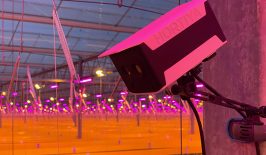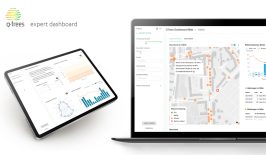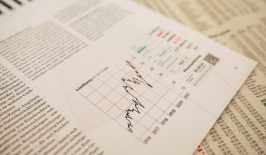Closed loop product life cycles, an ideal of the circular economy, can only be achieved in consideration of post-production impact. Above all, this means designing products so that their components can be recycled or become the starting point for new products.
With a few exceptions, however, we are still miles away from this. Our industries, which are anything but circular, are responsible for around a quarter of all CO2 emissions in Germany. It goes without saying that higher reuse rates go a long way in improving this balance. The idea is to delay the recycling of products as long as possible. Material recycling of discarded products is the standard today, but in many cases it is not the best way to reuse them. That’s because recycling starts at the waste stage and completely degrades the properties of products that were manufactured at great expense. Extending the lifespan of products, on the other hand, maintains their value much longer than direct recycling.
Whether a product can be recycled or remanufactured or has to be disposed of depends on what it is and the state it’s in. Thanks to a project by the European Artificial Intelligence Alliance (EIBA), it is now possible to get help in identifying such factors using artificial intelligence (AI). The AI-supported collection and identification of end-of-life products are intended to facilitate the transition to a circular economy.
Identifying Old Parts by App
The EIBA project, which Circular Economy Solutions (C-ECO) is developing together with the Fraunhofer Institute for Production Systems and Design Technology, the Technical University of Berlin, and acatech (German Academy of Science and Engineering), focuses on a four-eye principle of man and machine. Data collected by sensors and other information are evaluated with the help of artificial intelligence and formulated into a decision recommendation. This should help identify products and parts more accurately and speed up the process. Continuously expanding the data should also allow for new products and requirements to be adapted.
The EIBA project is thus breaking new ground. “There are various approaches in research and industry to develop similar systems, but I am not aware of any in productive use. Often, attempts are made to use existing algorithms and solutions, such as OCR systems for reading written markings, facial recognition systems, or 3D scans for what are called “old parts.” However, this often does not account for the fact that in old parts, after a period of use, not all of their properties are comparable to those of the new part. Surfaces are dirty, rusted, or painted differently. Markings are missing or no longer legible. The geometry can also change if, for example, components are missing or there is mechanical damage,” reports Markus Wagner, Research and Development Project Manager at Circular Economy Solutions GmbH (C-ECO). For this reason, the EIBA project deliberately relies on several different data sources, including recognising objects via images as well as the technical properties of the parts and business process data such as historical return delivery behaviour. But the AI in the EIBA project is not intended to act entirely on its own. Rather, it calls on collaboration between humans and machines.
EIBA is funded by the Federal Ministry of Education and Research as part of the ReziProk initiative, or “Resource Efficient Circular Economy – Innovative Product Cycles.” Currently, the AI is primarily intended for manufacturing companies and the automotive aftermarket, with the system being trained on used vehicle parts.
The project has also considered challenges in other industries such as electrical engineering, mechanical engineering, and textiles. “Beyond the scope of the project, we would like to bring EIBA technology, which is currently used in an industrial context with special workstations and sensor hardware, to mobile devices so that it can also be used by small companies and workshops or private individuals without special hardware,” Wagner says.
Remanufacturing, instead of Producing Anew, is Better for the Planet
The thing about AI is that it demands a lot of energy – not only when it’s learning but also when it’s in use. Aware of this, EIBA takes into account the additional environmental impact caused by the deployment of machines. To this end, the project team investigated how much energy is consumed by the AI used for improving old part recognition in relation to the emissions saved by remanufacturing in lieu of new production. “The results will soon be published as a scientific paper. In principle, however, we can say that in terms of this comparison, AI deployment would be highly beneficial. If, for example, only my company succeeds in making 0.02 percent more end-of-life parts available for remanufacturing vehicle starters, then the AI deployment has already paid off. Right now, we have about 30 different product groups and are not the only company on the market that recycles end-of-life vehicle parts,” Wagner says, adding: “Of course, there are other environmental impacts, both positive and negative, but their influence needs to be investigated further.”
But how significant are the actual environmental benefits of increased efficiency? “The savings achieved by remanufacturing vehicle parts compared with new production in terms of materials, energy, and CO2 emissions vary greatly from product to product, but studies show that values in the range of 50 to 80 percent improvement are realistic. That’s quite considerable,” says Wagner. Such a reduction would spur a significant decrease in CO2 emissions for Industry 4.0. Plus, the identification of used parts using AI can be extended to many other industries. This is also demonstrated by the startup Recycleye, which uses robots and image recognition to more effectively separate waste.
However, there are still some hurdles to overcome. For example, developing and applying AI systems requires large databases. Obtaining these can be very complex and expensive. “At EIBA, we have therefore decided to collect data at C-ECO. However, due to the travel and contact restrictions associated with the COVID pandemic, we had difficulty training and supervising users on-site in the use of the sensor technology and the adapted work process. Data collection was sometimes perceived as obstructive compared to familiar work processes and was accordingly followed with little enthusiasm. As a result, we didn’t have a problem with the amount of data, but with the quality of the data. To put it simply, too many pictures contained empty work tables, ceilings, or hands in gloves, but not the old part that needed to be captured. With poor data, the potential performance of AI is limited,” Wagner says.
But the situation has improved significantly with the ease of COVID restrictions, and recognition support is to be validated in real use cases from the fall of 2022 together with employees on-site. It will also be important to show that the improved recognition of used parts via the collected data also benefits workers in their daily tasks. As Wagner points out, “Even if it sounds banal, it’s not enough just to screw on a few sensors and train machine learning models with the data. Ultimately, acceptance by the people who deal with it on a daily basis plays the decisive role.”









